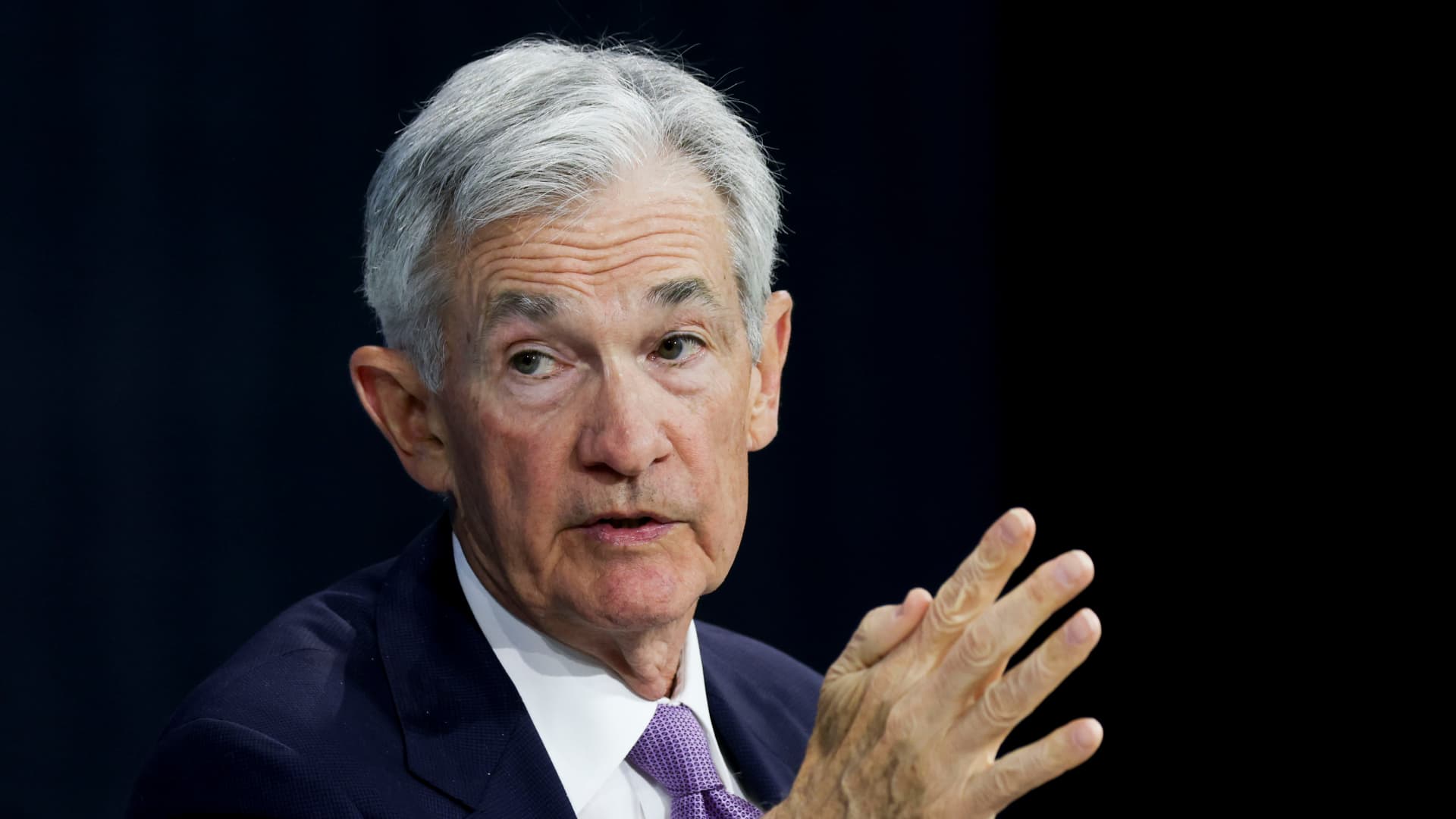The Federal Reserve is currently facing a significant decision regarding potential interest rate cuts this December. As the central bank navigates a shifting economic landscape, experts and analysts are weighing the implications of these potential rate changes for both businesses and consumers. With inflation showing signs of cooling, the labor market remaining robust, and global economic factors in flux, the Fed’s decision could set the stage for broader economic trends in 2024 and beyond.
Understanding the Context: Why Are Rate Cuts on the Table?
The Federal Reserve’s primary responsibility is to maintain price stability and ensure that the economy grows at a sustainable rate. Over the past year, the Fed has raised interest rates aggressively to combat rising inflation, which spiked to multi-decade highs. While inflation has steadily decreased from its peak, it remains above the Fed’s long-term target of 2%. Despite this, the central bank is now contemplating whether to lower rates in December as inflation pressures ease and other factors come into play.
To understand why the Fed might opt for rate cuts, it’s essential to consider the broader economic environment. The central bank uses interest rates as a tool to control inflation and influence economic activity. When rates are high, borrowing becomes more expensive, which generally leads to reduced spending and investment, thus cooling down the economy and alleviating inflationary pressures. However, if inflation slows too much or if growth becomes too sluggish, rate cuts can help stimulate economic activity by making borrowing more affordable.
The Economic Landscape: A Closer Look
Several key indicators have shaped the Fed’s outlook heading into December:
- Inflationary Trends: The Consumer Price Index (CPI) has shown consistent monthly declines in 2023, signaling that inflation is moving in the right direction. As of October, inflation has slowed to around 3.2%, significantly lower than the 9% peak seen in mid-2022. However, it remains above the Fed’s 2% target, leaving policymakers with a delicate balancing act.
- Employment and Labor Market: The U.S. labor market remains strong, with unemployment hovering near historic lows. Job openings are still plentiful, and wage growth is steady. This resilience may influence the Fed’s decision, as the economy shows little sign of slipping into recession despite higher borrowing costs.
- Global Economic Factors: The Fed also considers international developments when making rate decisions. Trade tensions, geopolitical risks, and supply chain disruptions can all have ripple effects on U.S. inflation and economic growth. With global central banks like the European Central Bank and the Bank of Japan taking different approaches to monetary policy, the Fed must remain vigilant in understanding the broader economic context.
The Potential Impacts of Rate Cuts
If the Fed goes ahead with rate cuts in December, the consequences could be far-reaching, affecting various sectors of the economy. Below are some of the key potential outcomes:
Impact on Consumers
Rate cuts generally benefit consumers in several ways:
- Cheaper Loans and Mortgages: Lower interest rates typically reduce the cost of borrowing. For consumers, this could mean lower mortgage rates, making homeownership more affordable for many. Similarly, auto loans, credit card interest rates, and personal loans could all become cheaper, encouraging spending.
- Increased Consumer Confidence: With lower borrowing costs and a generally favorable economic environment, consumers may feel more confident about making big-ticket purchases, such as homes, cars, or appliances. This boost in consumer spending can help sustain economic growth.
- Possible Inflationary Pressures: While lower rates can stimulate demand, they also risk stoking inflationary pressures. If demand outpaces supply due to increased consumer spending, inflation could rise again, potentially forcing the Fed to reverse course and hike rates in the future.
Impact on Businesses
For businesses, the consequences of a Fed rate cut can also be profound:
- Reduced Borrowing Costs: Companies that rely on financing to fund expansion or day-to-day operations may benefit from lower interest rates. Whether it’s through cheaper business loans or lines of credit, these savings could be reinvested into the business, stimulating growth and job creation.
- Stronger Investment Climate: Lower borrowing costs tend to make equity markets more attractive to investors, which can drive up stock prices and boost corporate valuations. In turn, companies may be more willing to invest in research and development, acquisitions, and new projects.
- Export Opportunities: A rate cut could also lead to a weaker U.S. dollar, making American exports more competitive on the global market. This could benefit U.S. manufacturers and exporters, who may see increased demand for their goods abroad.
Potential Risks of Premature Rate Cuts
While the case for rate cuts is compelling, the decision is not without risks. The most significant concern is that cutting rates too soon could reignite inflation or lead to an overheated economy. If demand grows too quickly, businesses may struggle to meet consumer demand, which can push prices up once more. Additionally, lower rates may encourage excessive risk-taking, potentially fueling asset bubbles in the housing or stock markets.
Moreover, the Fed must be cautious not to signal weakness or indecision. A premature rate cut might be interpreted by the market as a sign that the Fed believes the economy is in worse shape than it appears. This could undermine confidence and lead to volatility in financial markets.
What Experts Are Saying: A Divided Consensus
As December approaches, economists and financial experts are divided on whether rate cuts are the right move. Some argue that the Fed should take a cautious approach and wait for more concrete evidence that inflation is under control before making any rate adjustments. Others believe that the central bank should act decisively to avoid stalling economic growth and to address potential risks of deflation.
- Goldman Sachs: Economists at Goldman Sachs suggest that the Fed will likely hold off on rate cuts until at least the second quarter of 2024, given the persistent uncertainty surrounding inflation and economic growth.
- JP Morgan: On the other hand, analysts at JP Morgan predict that the Fed will move to lower rates in December, citing the cooling inflation and a relatively strong labor market as signs that the economy is stabilizing.
Broader Implications: What Comes Next?
As the Federal Reserve contemplates its next steps, the potential rate cuts will be closely monitored by policymakers, businesses, and consumers alike. While the immediate effects of a rate cut are likely to be felt in areas such as borrowing costs and investment, the longer-term implications could be far-reaching. With the global economy still recovering from the aftermath of the COVID-19 pandemic, shifting trade dynamics, and the ongoing challenges of inflation, the Fed’s decision could set the tone for economic conditions in 2024 and beyond.
Ultimately, the Fed faces the challenge of managing a complex and ever-changing economy. While rate cuts might offer short-term relief, their impact on the broader economic landscape will depend on a variety of factors, from the trajectory of inflation to global economic developments.
Conclusion
The Federal Reserve’s December decision on interest rates will be a pivotal moment in the U.S. economic recovery. While rate cuts could provide significant benefits to consumers and businesses, they must be carefully calibrated to avoid reigniting inflation or creating financial instability. With so many moving parts, including global economic uncertainties, the Fed will need to weigh the risks and rewards of its actions very carefully. The months ahead will reveal whether the central bank’s cautious optimism pays off or if the economy faces new challenges that require a different approach.
For more updates on the Federal Reserve’s monetary policy and its impacts on the economy, visit Federal Reserve’s official website.
See more CNBC Network



